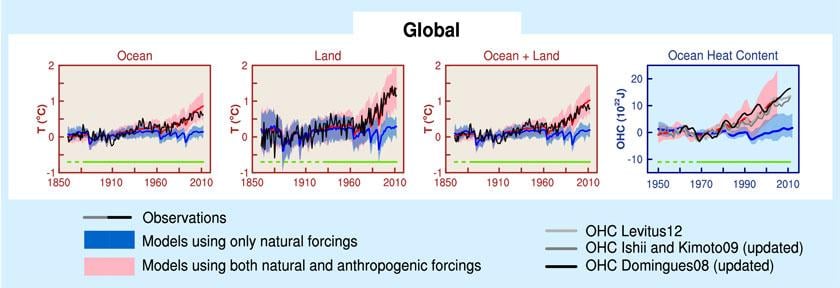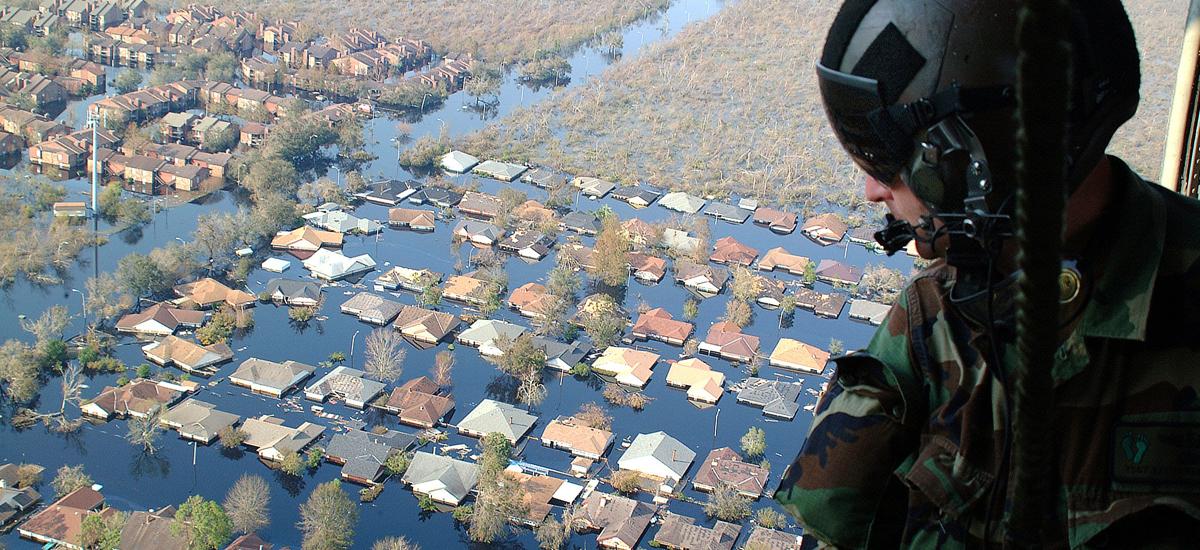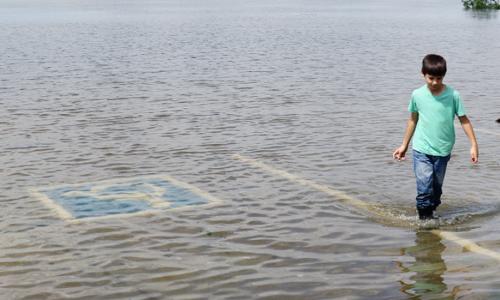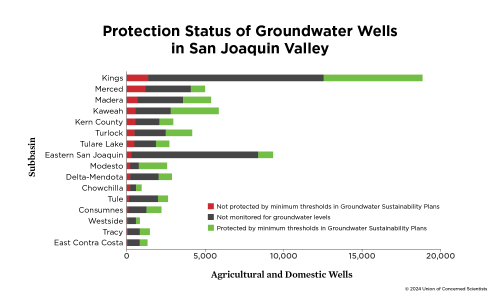Table of Contents
What is global warming?
When carbon (CO2 or carbon dioxide) and other heat-trapping emissions are released into the air, they act like a blanket, holding heat in our atmosphere and warming the planet.
Overloading our atmosphere with carbon has far-reaching effects for people all around the world, including rising sea levels, increasing wildfires, more extreme weather, deadly heat waves, and more severe droughts.
What causes global warming?
The primary cause of global warming is human activity that releases carbon into the atmosphere, most significantly the burning of fossil fuels to drive cars, generate electricity, and operate our homes and businesses.
Tropical deforestation, also by human hands, is another major contributor. When these forests are burned, they release huge amounts of carbon into the atmosphere and in addition, because the forests no longer exist, they are no longer available to absorb CO2.
Who can reduce global warming?
To address global warming, we need to significantly reduce the amount of heat-trapping emissions. As individuals, we can help by being mindful of our electricity use, driving more efficient cars, reducing the number of miles we drive, and taking other steps to reduce our own consumption of fossil fuels.
But we can also help by calling for government and corporate decision makers to reduce the threat of global warming by:
- Expanding the use of renewable energy and transforming our energy system to one that is cleaner and less dependent on coal and other fossil fuels.
- Increasing vehicle fuel efficiency and supporting other solutions that reduce US oil use.
- Placing limits on the amount of carbon that polluters are allowed to emit.
- Building a clean energy economy by investing in efficient energy technologies, industries, and approaches.
- Reducing tropical deforestation and its associated global warming emissions.
- Implementing effective national and regional climate policies.
How do we know that humans are the major cause of global warming?
We all know that warming—and cooling—has happened in the past, and long before humans were around. Many factors (called “climate drivers”) can influence Earth’s climate—such as changes in the sun’s intensity and volcanic eruptions, as well as heat-trapping gases in the atmosphere.
So how do scientists know that today’s warming is primarily caused by humans putting too much carbon in the atmosphere when we burn coal, oil, and gas or cut down forests? We know human activities are driving the increase in CO2 concentrations because atmospheric CO2 contains information about its source. Scientists can tease apart how much CO2 comes from natural sources, and how much comes from burning coal, oil and gas (called fossil fuels).
Carbon from fossil fuels has a distinct “signature,” essentially the relative amounts of heavier and lighter atoms of carbon, than carbon from other sources. The smaller the ratio of heavier to lighter carbon atoms, the higher the proportion of carbon from fossil fuels.
Over the years, the ratio of heavy to light carbon atoms has decreased while the overall amount of CO2 has increased. This information tells scientists that fossil fuel emissions are the largest contributor of atmospheric CO2 concentrations since the pre-industrial era.
Moreover, natural changes alone can’t explain the temperature changes we’ve seen. For a computer model to accurately project the future climate, scientists must first ensure that it accurately reproduces observed temperature changes. When the models include only recorded natural climate drivers—such as the sun’s intensity—the models cannot accurately reproduce the observed warming of the past half century. When human-induced climate drivers are also included in the models, then they accurately capture recent temperature increases in the atmosphere and in the oceans. When all the natural and human-induced climate drivers are compared to one another, the dramatic accumulation of carbon from human sources is by far the largest climate change driver over the past half century.

Why does CO2 get most of the attention when there are so many other heat-trapping gases?
Global warming is primarily a problem of too much carbon dioxide in the atmosphere. This carbon overload is caused mainly when we burn fossil fuels like coal, oil and gas or cut down and burn forests. There are many heat-trapping gases (e.g. methane and water vapor), but CO2 puts us at the greatest risk of irreversible changes if it continues to accumulate unabated in the atmosphere. There are two key reasons why.
CO2 has contributed more than any driver to climate change between 1750 and 2011:
The Intergovernmental Panel on Climate Change (IPCC) issued a global climate assessment in 2013 that compared the influence of three changes to the environment resulting from human activity between 1750 and 2011: the emission of key heat-trapping gases, the release of tiny particles known as aerosols , and land use change.
By measuring the abundance of heat-trapping gases in ice cores and the atmosphere, and other climate drivers along with models , the IPCC calculated the “radiative forcing” (RF) of each climate driver—in other words, the net increase (or decrease) in the amount of energy reaching Earth’s surface attributable to that climate driver.
Positive RF values represent average surface warming and negative values represent average surface cooling. In total, CO2 has the highest positive RF (see Figure 1) of all the human-influenced climate drivers compared by the IPCC.
Other gases like methane are more effective at trapping heat than CO2 but don’t contribute as much to warming because they are simply far less abundant in the atmosphere.
Does air pollution—specifically particulate matter (aerosols)—affect global warming?
Air pollution occurs when gases, dust, smoke, or fumes reach harmful levels in the atmosphere. Tiny atmospheric particles known as aerosols are a kind of air pollution that is? suspended in our atmosphere.
Aerosol can be both solid and liquid. Most are produced by natural processes such as erupting volcanoes, and some are from human industrial and agricultural activities.
Aerosols have a measurable effect on global warming. Light-colored aerosol particles can reflect incoming energy from the sun in cloud-free air and dark particles can absorb it. Historically, the net effect globally from aerosols was to partially offset the rise in global mean surface temperature. Aerosols can modify how much energy clouds reflect and they can change atmospheric circulation patterns.
Several climate intervention also known as “geoengineering”) strategies for reducing global warming propose using atmospheric aerosol particles to reflect the sun’s energy away from Earth. Because aerosol particles do not stay in the atmosphere for very long—and global warming gases stay in the atmosphere for decades to centuries—accumulated heat-trapping gases will overpower any temporary cooling due to short-lived aerosol particles.
How does the sun affect our climate?
The sun is the source of most of the energy that drives the biological and physical processes in the world around us—in oceans and on land it fuels plant growth that forms the base of the food chain, and in the atmosphere it warms air, which drives our weather.
The rate of energy coming from the sun changes slightly day to day. Over many millennia, the Earth-Sun orbital relationship can change the geographical distribution of the sun’s energy over the Earth’s surface. It has been suggested that changes in solar output might affect our climate—both directly, by changing the rate of solar heating of the Earth and atmosphere, and indirectly, by altering cloud forming processes.
On a time-scale of millions of years, changes in solar intensity is a critical factor influencing climate (e.g., ice ages). However, changes to solar heating rate over the last century cannot account for the magnitude and distribution of the rise in global mean temperature, and there is no convincing evidence for significant indirect influences on our climate due to twentieth century changes in solar output.
Is there a connection between the hole in the ozone layer and global warming?
Ozone (O3) high in the atmosphere absorbs ultraviolet (UV) radiation from the sun, preventing it from reaching the Earth’s surface where it can harm people, planets, and animals. UV radiation is dangerous and can cause health problems from eye damage to skin cancer. The term “ozone hole” refers to recent depletion of this protective ozone layer over Earth's polar regions.
The ozone hole, however, is not a mechanism of global warming. UV radiation represents less than one percent of the energy from the sun—not enough to be the cause of the excess heat from human activities. Global warming is caused primarily from putting too much carbon into the atmosphere when coal, gas, and oil are burned to generate electricity or to run our cars. These gases spread around the planet like a blanket, keeping in solar heat that would otherwise be radiated out into space. (For more detail on the basic mechanism of global warming, see carbon dioxide FAQ.)
Ozone depletion and global warming do, however, have a common cause—human activities that release gases into and alter the atmosphere. Ozone depletion occurs when chlorofluorocarbons (CFCs)—once common in aerosol spray cans and refrigerants—are released into the atmosphere. These gases break down ozone molecules through several chemical reactions, reducing ozone's UV radiation-absorbing capacity.
Because our atmosphere is one connected system, it is not surprising that ozone depletion and global warming are related in other ways. For example, evidence suggests that climate change may contribute to thinning of the protective ozone layer.
What is the best source of scientific information on global warming?
In 1988, the United Nations Environment Programme and the World Meteorological Organization set up the Intergovernmental Panel on Climate Change (IPCC) to examine the most current scientific information on global warming and climate change. Thousands of authors and scientific expert reviewers from 195 member countries contribute to the panel's periodic assessments of climate change and its impacts.
These scientists review all the published and peer-reviewed scientific information produced during the previous few years to assess what is known about the global climate, why and how it changes, what it will mean for people and the environment, and what can be done about it.
The IPCC Fifth Assessment Report is the most comprehensive evaluation of global warming that serves as the basis for international climate negotiations.
The most up-to-date comprehensive climate assessment for the United States was released in 2017 by 13 federal agencies participating in the U.S. Global Change Research Program (USGCRP). Explore more about the USGCRP report on US climate change impacts.

Is global warming already happening?
Yes. We know it is getting warmer. Record warm temperatures keep coming up month after month, year after year, locally and globally. However, temperatures are but one of many indicators of global warming. With warmer temperatures come various changes that also point to a steady change in our world.
Examples of observed climatic changes:
- Increase in global average surface temperature of about 1°C since the pre-industrial age.
- Decrease of snow cover and sea ice extent and the retreat of mountain glaciers in the latter half of the 20th century.
- Rise in global average sea level and increase in ocean water temperatures.
- Likely increase in average precipitation over the middle and high latitudes of the Northern Hemisphere, and over tropical land areas.
- Increase in the frequency and intensity of extreme precipitation events in some regions of the world.
Examples of observed physical and ecological changes:
- Thawing of permafrost
- Lengthening of the growing season in middle and high latitudes
- Poleward and upward shift of plant and animal ranges
- Decline of some plant and animal species
- Earlier flowering of trees
- Earlier emergence of insects
- Earlier egg-laying in birds




